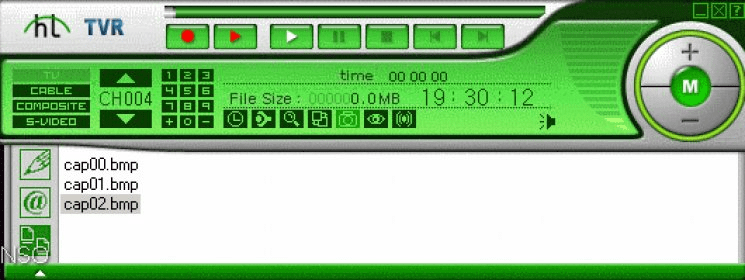

09/22/18: 600 new PS3 game IDs were added today thanks to AniLeo.Many thanks to BacoKarel for more than 200 Wii covers, amaus1209 for 200 PS3 scans, Bumpfi for more than 100 scans and bubba for adding Switch IDs. 04/28/19: We now have a dark theme thanks to larsenv.09/25/19: The list of Nintendo company codes was updated thanks to Asper and Cyan, with a very large update from JosJuice.10/27/19: Thanks to VGDB for a great pack of scans of Korean Wii games.

The info likely came from someone at Hamer who wasn't as familiar with the books. I know WHY that was assumed-the four digits in one book stop at 0680, but they're continued in the next book where they have more. Someone posted this years ago (Ed Roman?). They didn't stop at 0680-they went to about 0750. This information is not exactly correct with respect to four digits. The serial numbering sequence by decade is indicated below: Similarly, 0 1964 was built in 1980 and was the 1,964th production guitar built.

For example, serial numwas built in 1977 and was the first production model guitar built. The next four or five digits are sequentially stamped in order of production. The first digit indicates the year that the instrument was built. Production Models: Production models are stamped (initially with ink, later into the wood, on the back of the peghead) with either a five or six digit serial number. All of the early Hamer USA Standards and 12-String basses as well as a number of prototype instruments were included in this serial numbering system. The numbers ran from #0000 through #0680. From 1974 through 1981 Hamer USA employed two separate serial numbering systems, one for custom instruments and one for production models: Custom Instruments: These instruments are easily recognized by the use of a four digit number stamped into the wood on the back of the peghead.


 0 kommentar(er)
0 kommentar(er)
